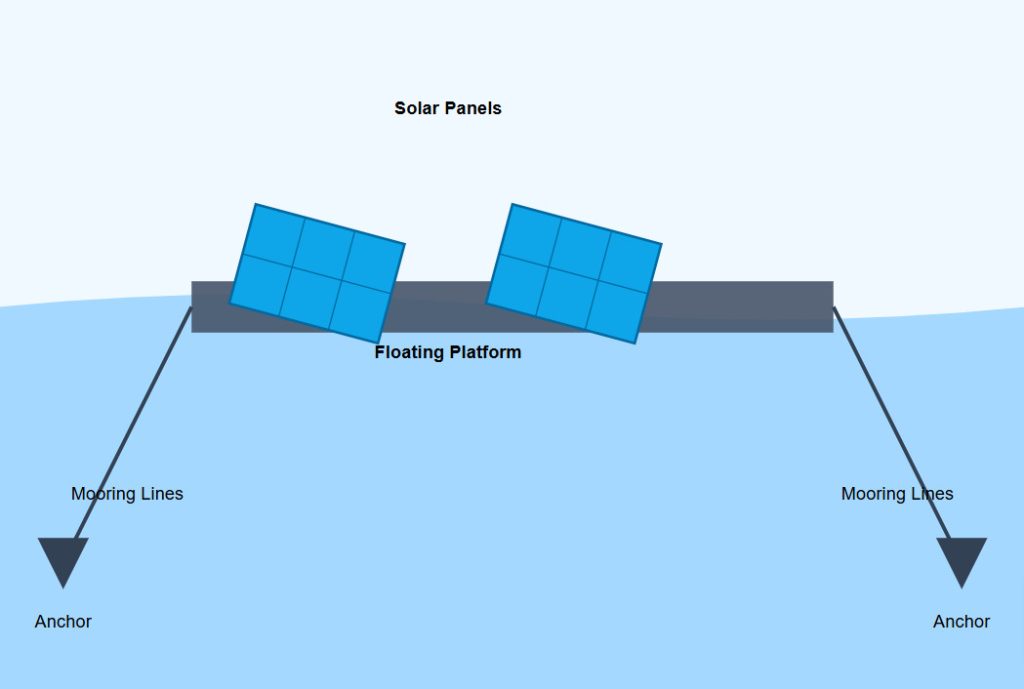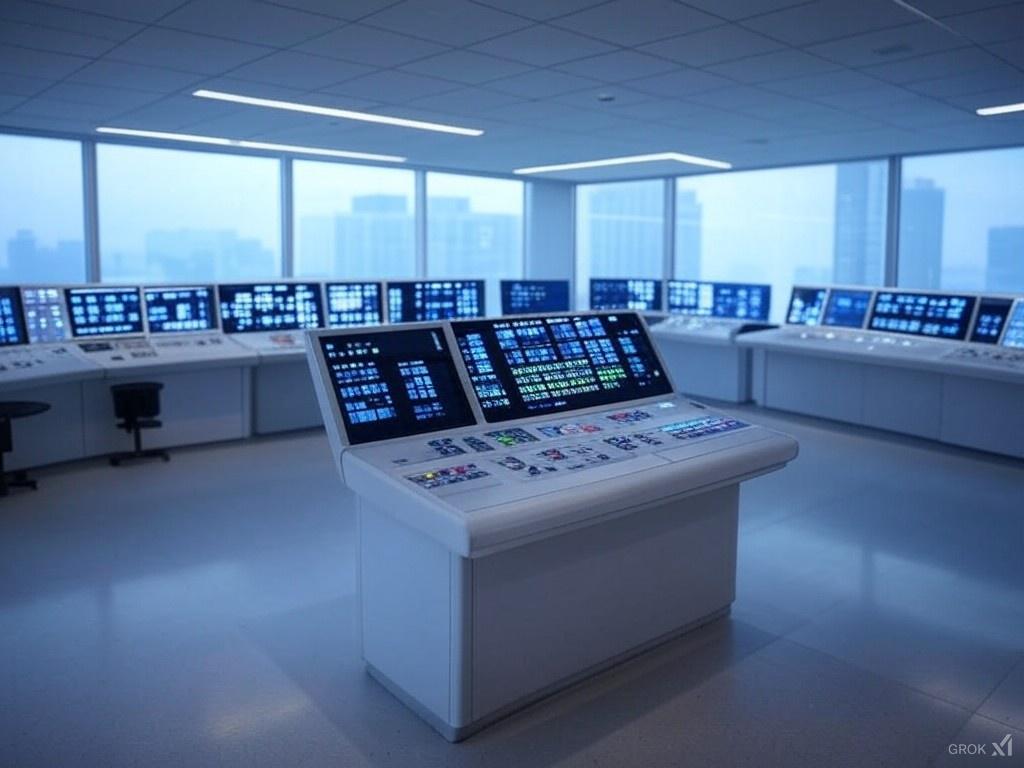Table of contents
Floating solar arrays represent one of the most innovative advances in renewable energy technology. According to the World Bank’s comprehensive floating solar study, these installations can achieve up to 15% higher efficiency compared to traditional ground-mounted systems. This guide provides engineering professionals with essential guidelines for designing effective floating solar installations.
Core Components of Floating Solar Arrays
The success of a floating solar installation depends on the careful selection and integration of key components. As outlined in DNV’s design and construction guidelines, proper component selection ensures system longevity and performance.
1. Floating Platform
- High-density polyethylene (HDPE) construction
- UV-resistant polymer materials
- Modular design for scalability
- Integrated cable management
- Non-toxic materials for water safety
2. Solar Panel Mounting System
- Corrosion-resistant hardware
- Adjustable tilt mechanisms
- Even stress distribution
- Quick-release maintenance access
3. Mooring System
- Dynamic tension control
- Multiple anchor points
- Weather-resistant materials
- Depth-adjusted design
Array Configuration Options

The International Journal of Renewable Energy Research demonstrates that array configuration significantly impacts performance and maintenance requirements. Several proven layouts have emerged as industry standards:
Linear Arrays
- Ideal for narrow water bodies
- Easy maintenance access
- Simplified cable routing
- Best for small/medium installations
Grid Arrays
- Maximum space efficiency
- Standardized components
- Easy expansion capability
- Suited for large deployments
Radial Arrays
- Superior wind resistance
- Minimized wave impact
- Complex but efficient
- Best for exposed locations
Mooring System Design

According to the National Renewable Energy Laboratory, proper mooring is critical for system survival in extreme weather. Key considerations include:
Water Level Management
- Seasonal variation accommodation
- Flood condition handling
- Drought scenario planning
- Active tension monitoring
Environmental Factors

Bottom Conditions
- Substrate analysis
- Anchor selection
- Load distribution
- Installation planning
Implementation Guidelines
Recent research in Solar Energy Science and Engineering provides a framework for successful implementation:
- Site Assessment
- Water body evaluation
- Environmental impact study
- Grid connection feasibility
- Access planning
- Design Phase
- Component selection
- Configuration optimization
- Load calculations
- Safety factor determination
- Installation Planning
- Equipment requirements
- Schedule optimization
- Resource allocation
- Quality control measures
Performance Optimization
Panel Cooling
- Water surface cooling benefits
- Ventilation design
- Temperature monitoring
- Performance tracking
System Integration
- Grid connection requirements
- Power conditioning
- Monitoring systems
- Maintenance access
Frequently Asked Questions
Q: What is the typical lifespan of a floating solar array? A: With proper design and maintenance, systems typically operate for 25-30 years.
Q: How do these systems impact water quality? A: Studies show minimal impact when proper materials are used. Reduced evaporation and algae growth are common benefits.
Q: What are the main maintenance requirements? A: Regular maintenance includes panel cleaning, component inspection, mooring checks, and electrical system verification.
Conclusion
Successful floating solar array design requires careful consideration of multiple factors and systematic implementation of best practices. Follow these guidelines while maintaining focus on site-specific requirements to create efficient, durable, and high-performing installations.
- Conduct thorough site assessments
- Select appropriate components and configurations
- Implement robust mooring systems
- Plan for environmental factors
- Optimize performance through design
- Follow systematic implementation procedures










